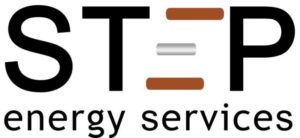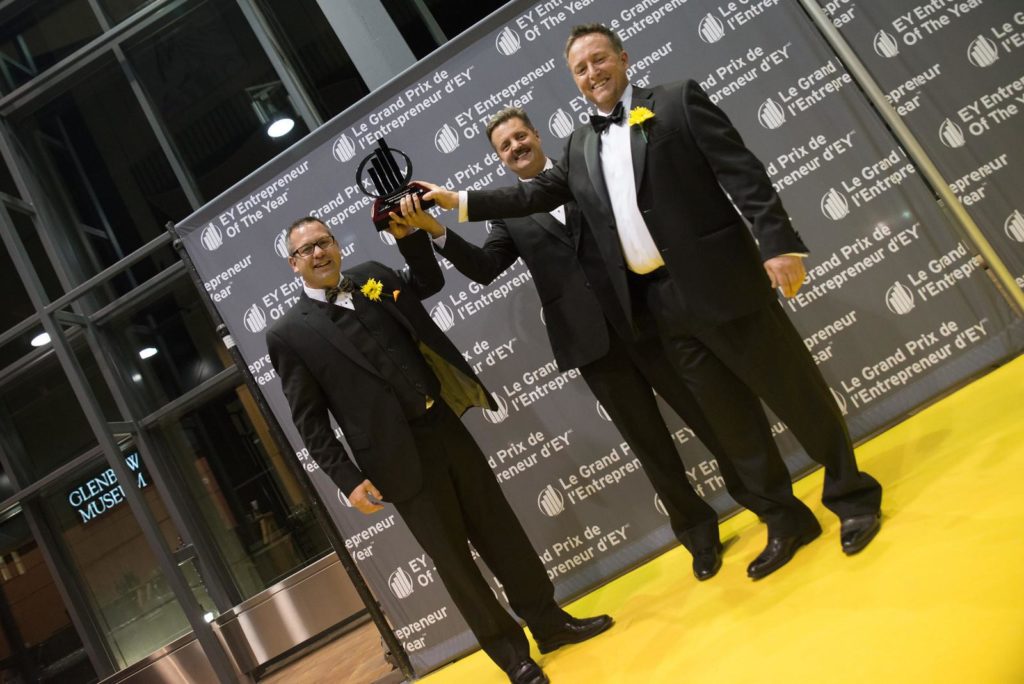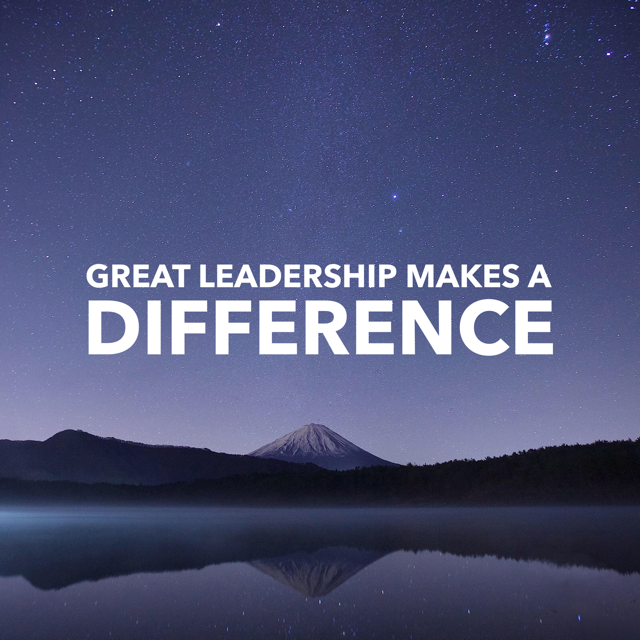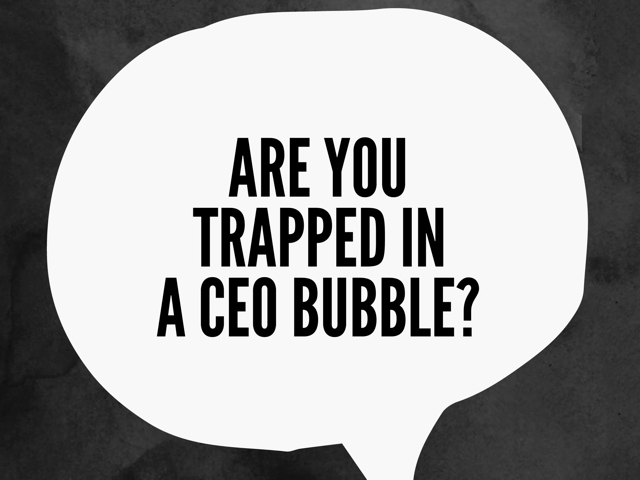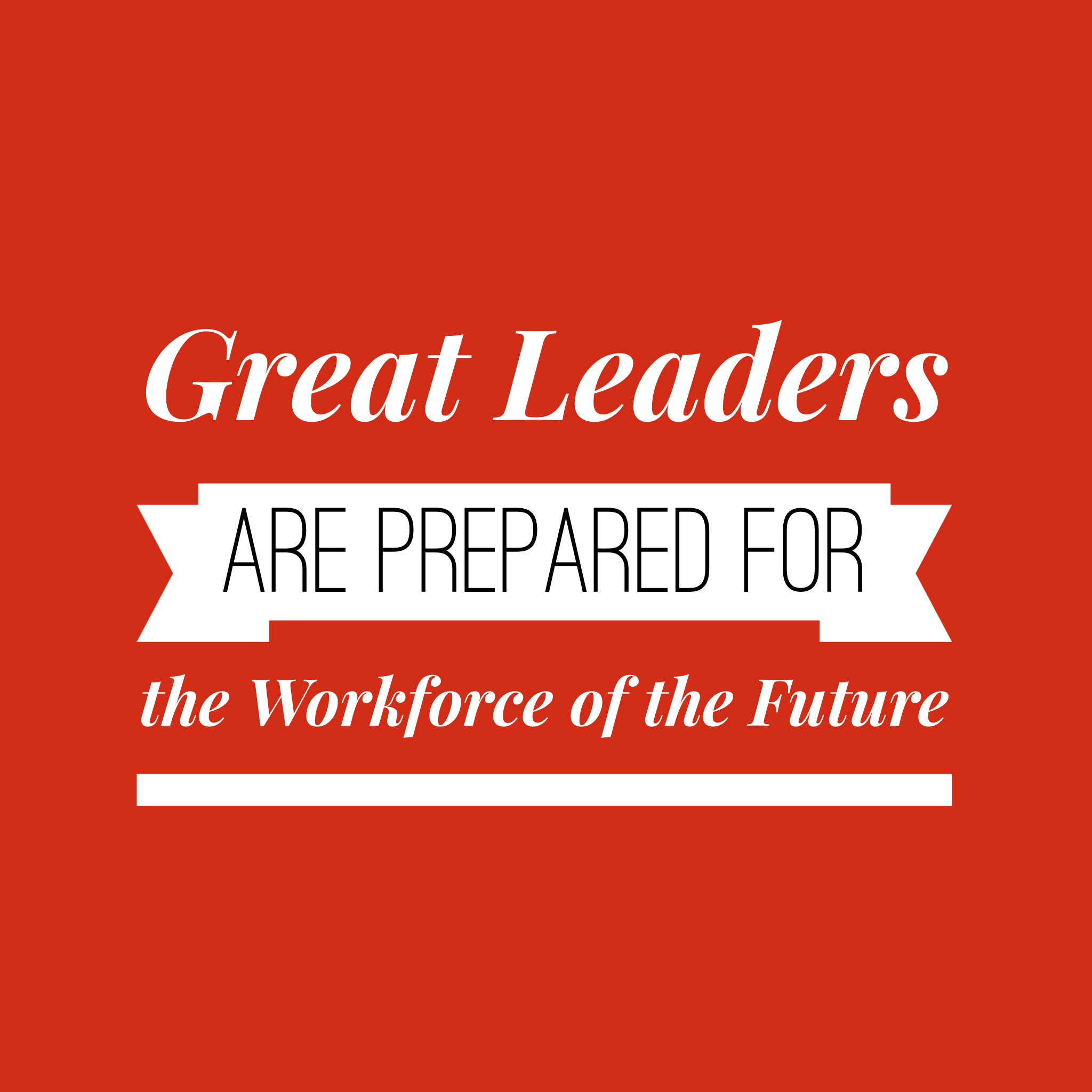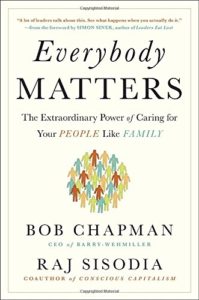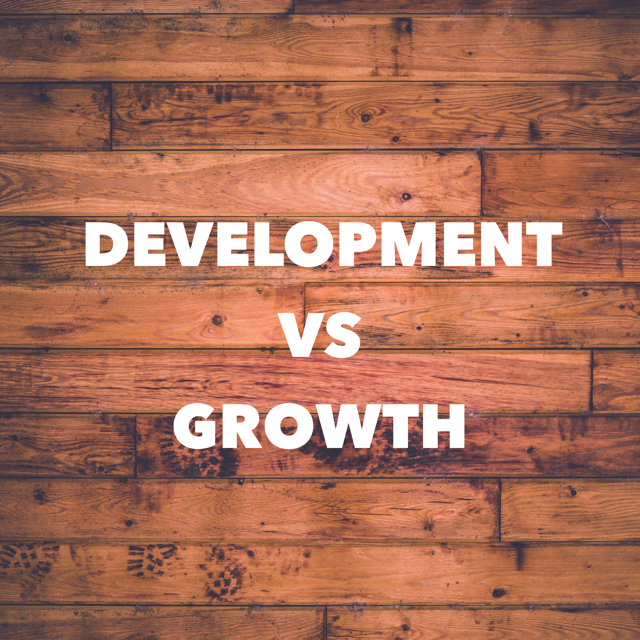As an Executive Leadership Coach for the last 17 years, a common question I get asked is, “What is the key barrier that limits a CEO from being great?”
Many CEO’s are good, but there is a fundamental difference between good and great. This fundamental difference is “Self-Awareness”.
What do I mean by “Self-Awareness”? “Self-Awareness” is all about your ability to make conscious choices that allow you to create abundance for yourself and with others consistently.
6 Areas of Self-Awareness
Stuck vs Action
Most people don’t know when they are stuck. When you lack self-awareness, you are unable to see beyond your issues, concerns, problems, worries or counterproductive behavior. There tends to be a lack of accountability and a struggle with making quality decisions. This “stuck” cycle leads to key deadlines and opportunities being missed, and overall poor results.
- How do you know when you are stuck?
- How do you go from being stuck back into action?
Support
Most CEO’s and C-Suite Leaders think being vulnerable (being open to asking for support or help) will cause them to look weak or incompetent. Because of this mindset, many CEO’s become and stay stuck, and avoid important decisions or make poor decisions.
Vulnerability actually equals power, which means being open to support gives you more power.
- When was the last time you asked for support to get un-stuck?
- Who is in your support network?
- How is your support network holding you accountable to your promises?
Gifts of Greatness
Great CEO’s and C-Suite Leaders play a big game in business which means they are constantly seeking out new ideas that can bring “Game Changing Value” to their organizations.
This commitment shows a high level of self-awareness. They are “Self-Aware” of their Gifts of Greatness that support them in finding “Game Changing Ideas”.
However, when stress and fear come into play, high-level executives often forget their Gifts of Greatness and focus on their weaknesses which then impacts their performance.
- What are your top 5 Gifts of Greatness that make you a great leader to your organization?
- How can you utilize your Gifts of Greatness to overcome moments of stress and fear?
Presence
Are you aware of your presence on others? Many CEO’s are not.
When a CEO or other leader becomes irate or aggressive in a leadership meeting, how does that affect the room? The room likely becomes tense and silent, and everyone stops sharing their ideas hoping to remove the discomfort. Many CEO’s and C-Suite Leaders often comment that they feel alone a lot. This sense of isolation may be due to your presence and how it is currently affecting your support team around you.
To improve your Presence so that you can impact the room in positive ways think about:
- What makes you attractive to others?
- Collect any feedback from your staff that speaks to your presence impacting your staff in positive ways.
Quality of Attention
Distractions are one of the key factors that impact the performance of CEO’s and C-Suite leaders. Great leaders can stay focused on the task at hand and block out distractions because they have developed a set of practices (meditation, exercise, etc.) to support their “Quality of Attention”.
What are your practices to improve the quality of your attention?
When you are distracted what is your practice to get yourself re-focused in the moment?
Stress/Fear Management
Risks and uncertainty are part of a CEO’s daily life. CEO’s must move past fear to move their organizations forward. Embracing the unknown can cause substantial stress and fear to show up in self-talk and behaviours.
It is critical to develop “Self-Awareness” around how to manage fear and stress by asking yourself these questions:
- What causes you to become “Emotionally Triggered?”
- What are three practices that keep you grounded when stress and fear are present?
Here are two on-the-court examples of CEO’s who are struggling with Self-Awareness and how it is impacting their ability to lead others.
Travis Kalanick (currently on leave of absence, CEO of Uber)
Prior to his leave of absence from Uber, Travis was struggling with his Self-Awareness:
Lack of Presence:
Getting angry with an Uber driver on camera with little thought to the consequences of his actions.
Lack of Practices to support him when he is stuck. Rather than lashing out in anger and frustration when he was stressed, he could practice “Living by the Power of the Pause” whereby he would breathe deeply for 10 breaths and ask himself – Is this a “Threat or an Opportunity”
Support:
Not knowing who his support network is and who to reach out to for support to share his fears and challenges as a young CEO who is building a rapidly growing global company.
Tiger Woods (CEO of the TGR & Tiger Woods Foundation)
Tiger recently made a poor choice that put him in a bad place with the law and in the public eye. To me Tiger is lacking a level of “Self-Awareness” in the following areas:
Support:
Tiger seems to be resisting the support of others while he is going through a rough time. As a high profile public figure, any incidents in the public arena will plunge him into the spotlight. With his level of financial resources, Tiger can enlist a full-time driver to support him as he manages his physical conditions and medicinal needs. Tiger struggles with relinquishing control and letting people in to support him.
Stuck:
Tiger is clearly unaware of that he is “Stuck”, and he is allowing his negative self-talk of “I can handle this myself” to take over, and it is not working.
I really love what Jack Nicklaus said the other night in an interview,
“I feel bad for Tiger. Tiger’s a friend. He’s been great for the game of golf. He needs our help. I wish him well. I hope he gets out of this dark place to play golf again. He needs a lot of support from a lot of people and I’ll be one of them.”
There is a great leader who is “Self-Aware” of his power to create abundance for himself and for others!
Here are a few articles that speak to Supporting Leaders:
How Great Leaders Support Others
How Great Leaders Face Their Issues
What is Real Support to a C-Suite Leader?
Your Weekly Leadership Challenge:
Ask 5 of your trusted colleagues and friends for feedback about what they see is your “Blind Spot”. Then take that valuable information to support you in becoming more “Self-Aware” so you can create abundance for yourself and for others.
Or contact me directly at 1-403-710-2765 and I will support you in creating clarity as to what your Blind Spot is so you can become more “Self-Aware” of your power to create abundance for yourself and for others.


